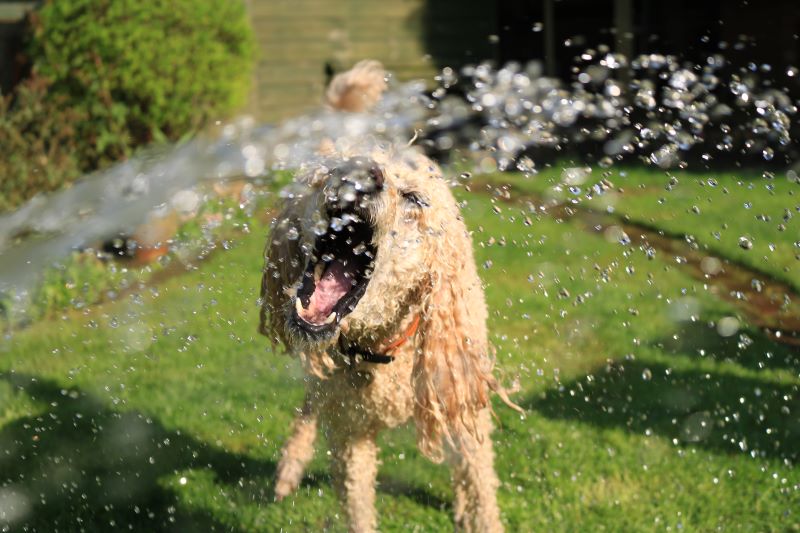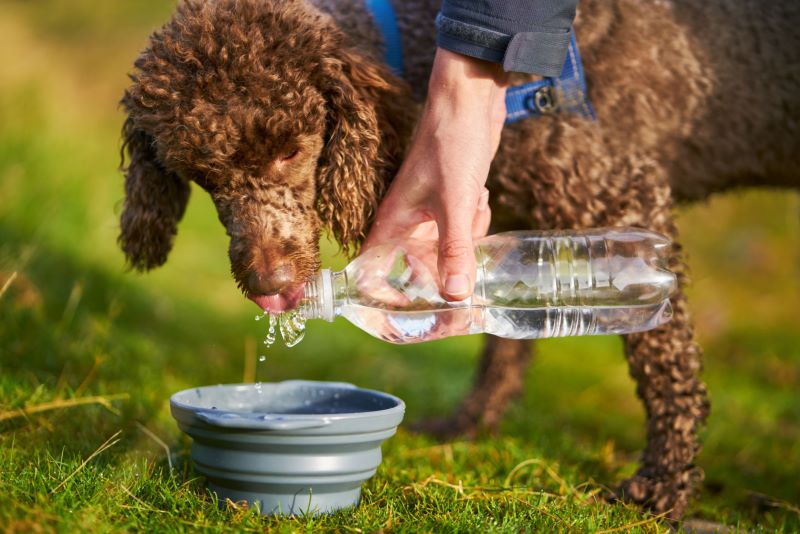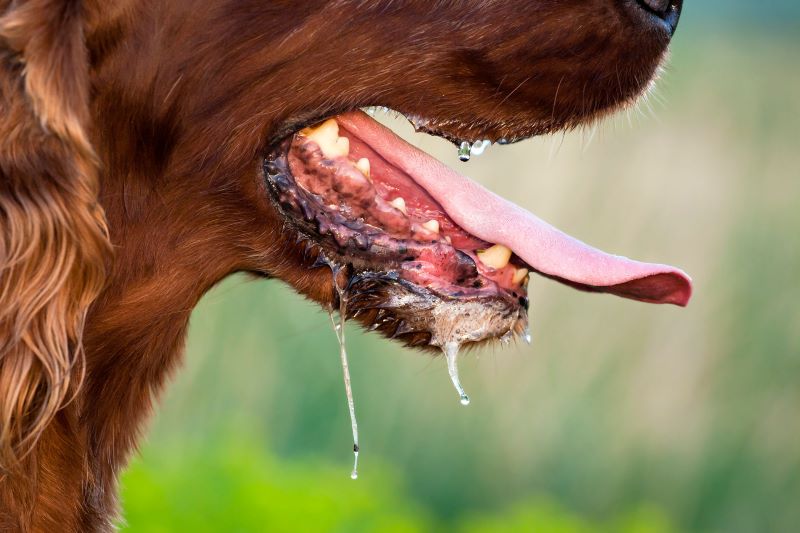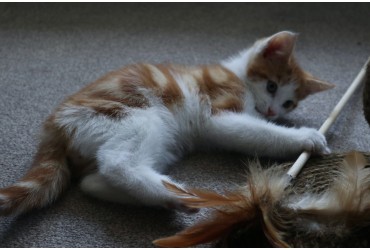A Guide to Heatstroke in Dogs

Owning a pet is one of life’s great joys, but it also comes with a lot of responsibility. These little creatures rely on you for food, shelter and care. It’s one thing to offer pats and cuddles, but to really express love for your pets you should always be aware of what health issues may affect them.
With the warm weather in Singapore recently, a common issue that pet owners should be aware of is heatstroke (also known as heat stress). Many pet owners do not even realise that their cats and dogs can overheat when the weather is hot, and may only seek treatment at the eleventh hour.
One thing we need to know is that cats and dogs cannot respond to heat in the same way that us humans do. We have sweat glands all over our bodies that help us regulate our temperature, but dogs and cats only have a few in their feet and around their noses. Many animals rely on panting and external cooling to lose heat. Their long thick hair coats can also predispose them to heat stroke.
Because they’re not able to cool themselves down as easily as us, we have to be extra careful to provide them with a cool, well-ventilated and shaded environment with access to clean fresh drinking water. Pets are very susceptible to heat stroke – and it can happen a lot faster than you may think.
What is Heatstroke?
Heat stroke is a term commonly used for hyperthermia or elevated body temperature. Heatstroke can be a very serious and life threatening condition which sometimes can prove fatal. It causes damage to your pet’s internal organs and sometimes to the point where they stop functioning and requires immediate treatment.
Factors that contribute to heatstroke:
- A warm/hot, humid environment with inadequate ventilation (e.g. due to weather conditions or being left in an unventilated room or car)
- Inadequate shade
- Inadequate drinking water
- Excessive exercise
Other Predisposing Factors:

All animals are susceptible to heatstroke so all pawrents should be well-aware of the signs and how to prevent it. However, some other reported predisposing factors can include:
- Obesity
- Flat-faced breeds such as Pugs, English bulldogs, French bulldogs
- Breathing difficulties/respiratory disease
- Heart problems
- Neurological disease
- Age extremes (young or old)
- Thick/long hair coat – e.g. long haired breeds
- Thin/white fur
- Excessive exercise
- Dehydration
How can you help prevent heatstroke?

The good news is that you can help to prevent heatstroke by ensuring your pets are kept in appropriate environmental conditions and being aware of the symptoms so action can be taken swiftly. Here are some ways you both you and your pet can enjoy the a day out safely:
- Make sure there is a cool, well-ventilated space for your pet if you’re staying out under the sun. Good ventilation is critical because many animals lose heat by panting (evaporative cooling) which relies on good airflow.
- Access to plenty of fresh clean drinking water at all times.
- Never leave your pet in a car as temperatures rise extremely quickly even on mild temperature days and can kill pets rapidly.
- Avoid exercising animals in hot weather.
- Avoid hot sand, concrete, asphalt areas or any other areas where heat is reflected and there is no access to shade.
Symptoms to look out for:

- Panting which increases as heatstroke progresses
- Drooling, salivating
- Agitation, restlessness
- Very red or pale gums
- Bright red tongue
- Increased heart rate
- Breathing distress
- Vomiting Diarrhea (possibly with blood)
- Signs of mental confusion, delirium
- Dizziness, staggering
- Lethargy, weakness
- Muscle tremors
- Seizures
- Collapsing and lying down
Know What To Do If You Suspect Your Pet is Having a Heatstroke
This is crucial as it can go from 0 to 100 real quick.
- Remove your pet from the hot environment immediately.
- Apply cool water (not cold!) onto the animal’s fur and skin. Then apply a fan/fanning to maximise heat loss.
- Wetting down the area around your pet can also help.
- Don’t use ice-cold water or ice as this may worsen the problem.
- Take your pet to the nearest Veterinarian immediately.
Being out in the sun and enjoying the outdoors can be a lot of fun for you and your pets— all it takes is a little extra attention and care to stay safe.
Tags: Guide



